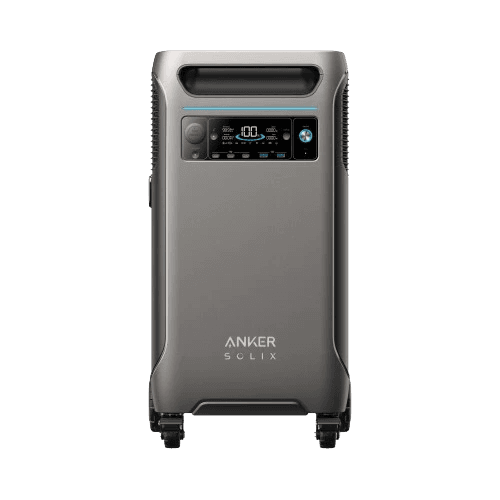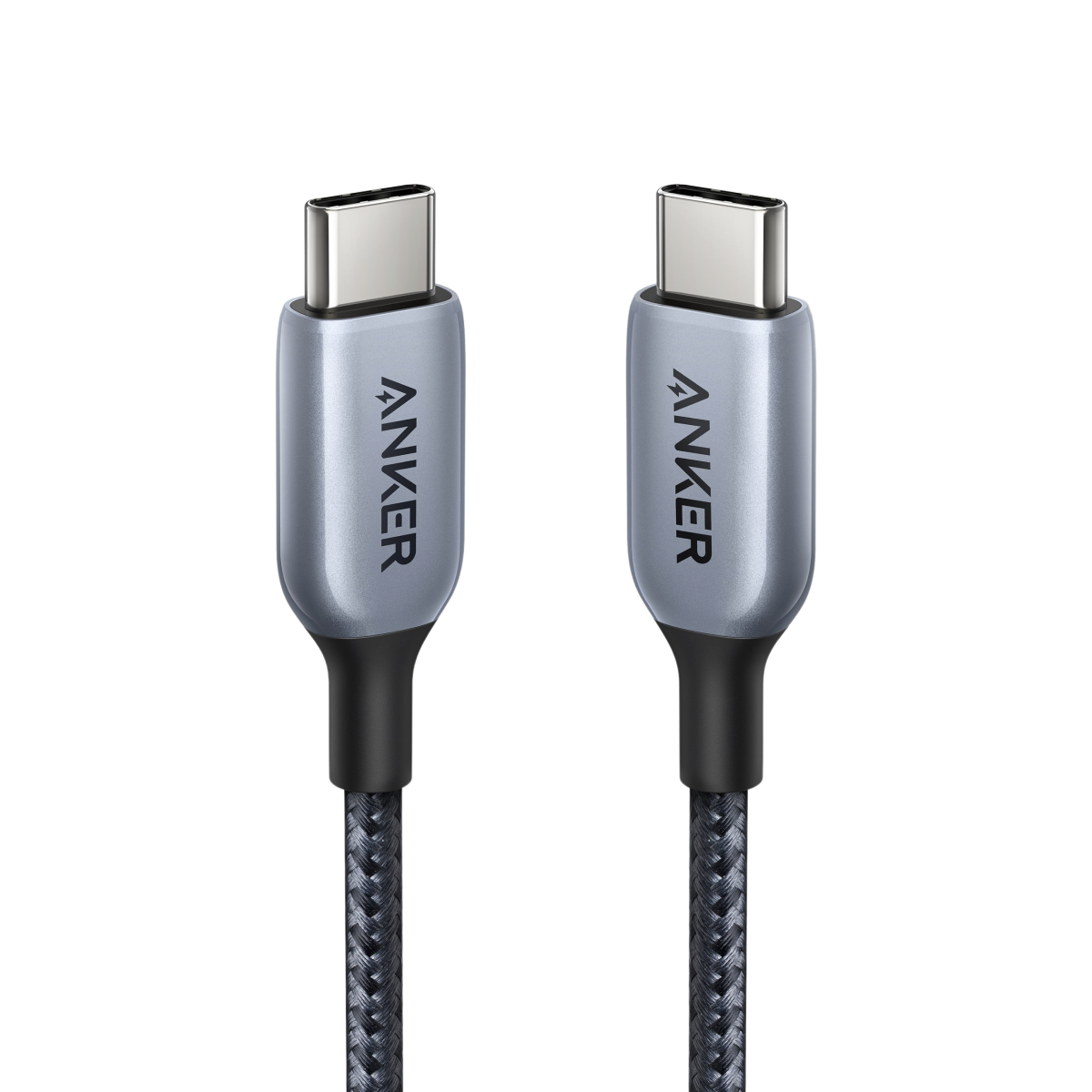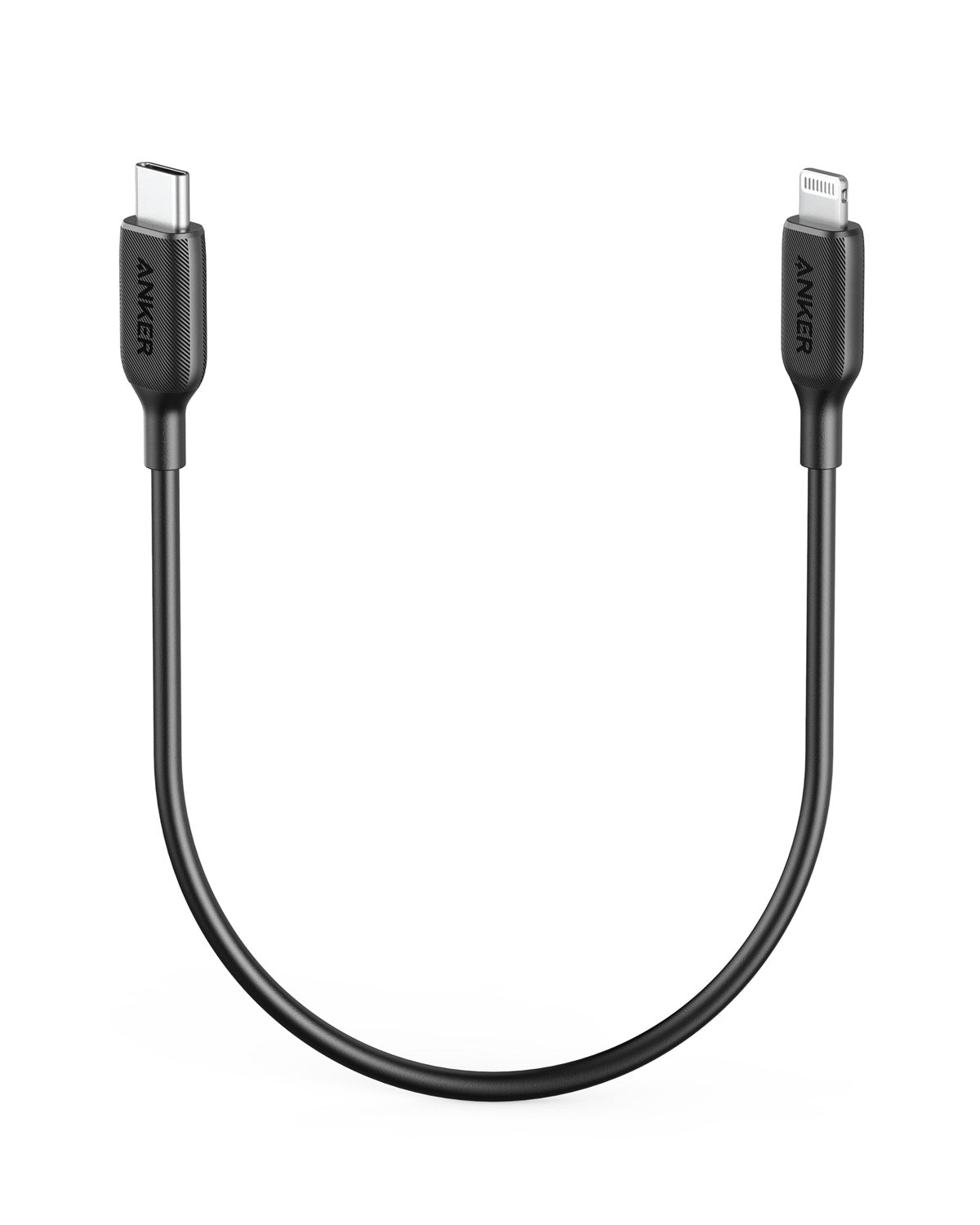The 4 most common types of USB cords are listed as follows.
USB Type-A: This is the most common type of USB connector and is rectangular in shape. It is often found on computers and chargers.
USB Type-C: This is a newer, more versatile connector that is reversible, meaning you can plug it in either way. USB C cables are becoming increasingly common on newer devices such as laptops, smartphones, and tablets. It can support faster data transfer speeds and higher power delivery than older USB types.
USB Micro-B: This connector is mostly used for connecting small devices like microphones, speakers, power banks, earphones, and toys. It features a rounded top and a flat bottom in shape.
USB Lightening: This is the main cable used for connecting Apple devices including iPhones, iPad, iPods, etc. However, Apple now also supports USB-C to Lightning cables for better compatibility.
























